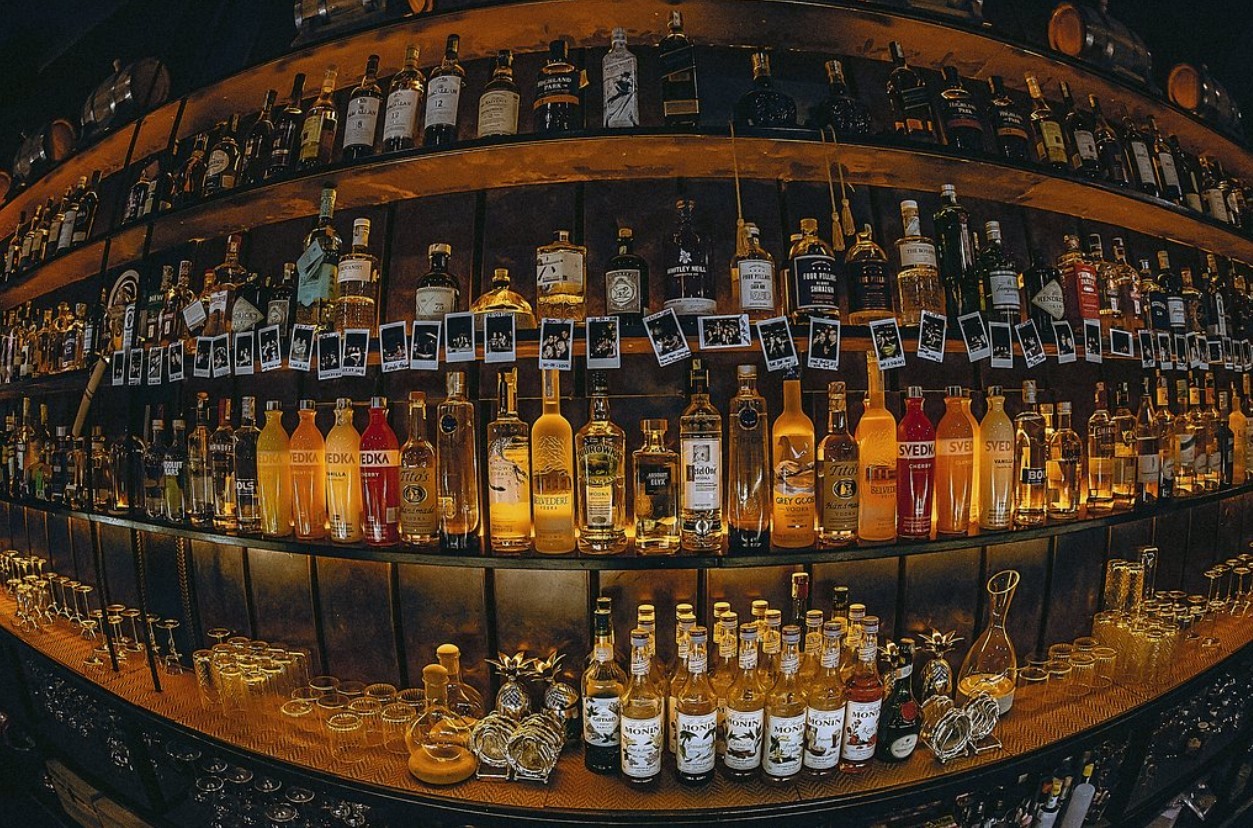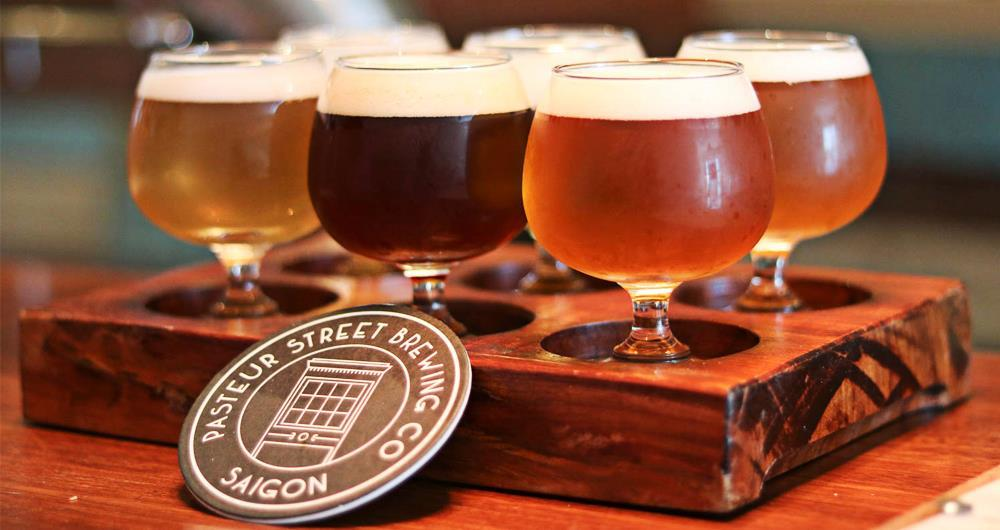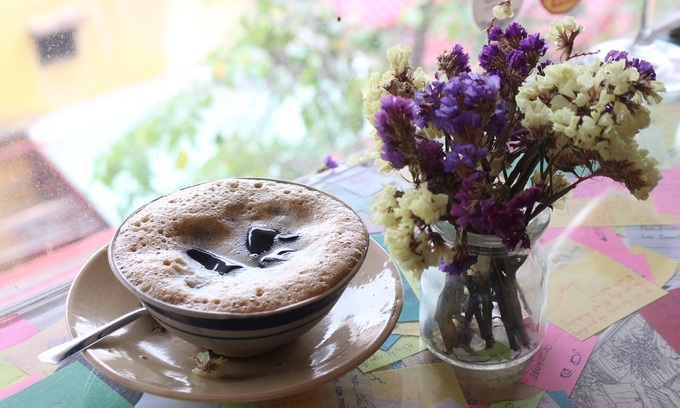The Best Cocktails You Can Make For A Spring Party
A cocktail is an alcoholic mixed drink. Most commonly, cocktails are either a combination of spirits, or one or more spirits mixed with other ingredients such as fruit juice, flavored syrup, or cream. Cocktails vary widely across regions of the world, and many websites publish both original recipes and their own interpretations of older and more famous cocktails. Nothing is better than sipping on a cold, fresh cocktail in the spring with your family and friends, and enjoy your relaxing holiday time.
How to make a great cocktail
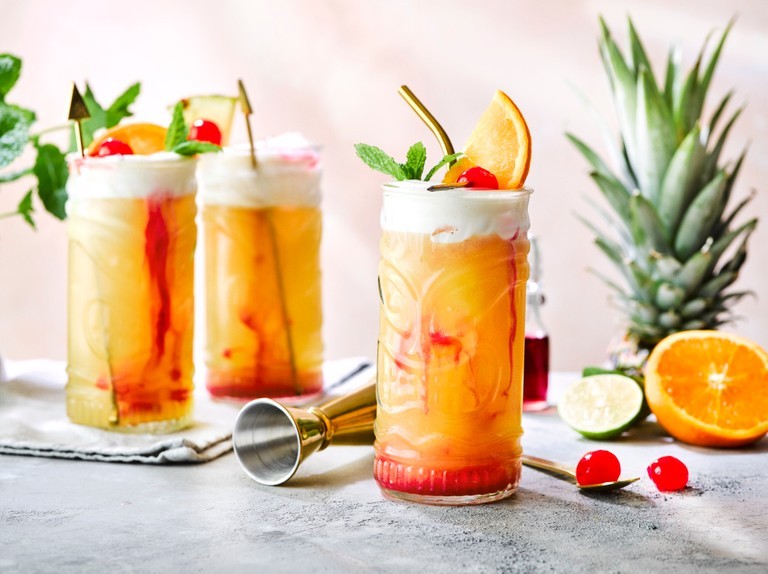 |
| Photo: Olive magazine |
1. Start with the classics. In Haruki Murakami’s novel Norwegian Wood, the character of Nagasawa only reads books that are more than 40 years old; if it’s still in print after all that time, it’s probably worth reading. A similar principle applies to cocktails. There are modem classics, true, but they are mostly indebted to the classic classics, which are classics for good reason. They are built on simple principles that, once learned, will lend structure to your own experiments.
2. Alcohol is the most important ingredient. It should go without saying, but so many people persist in the belief that a cocktail should be a liquid pudding or a naughty milkshake that it is worth repeating. A proper cocktail should not disguise its booziness; it should celebrate it. As a rule of thumb, a cocktail is 50ml of the “base” spirit (that’s a double shot), plus a couple of other bits and bobs. Use a generous hand with spirits, and a stingy hand with bits and bobs. It’s easy to make a cocktail more sweet or sour or dilute; it’s harder to make it unsweet or unsour and undilute. A lot of bartenders pour the alcohol into the shaker last for this reason – if you mess up with the cheaper ingredients, you haven’t wasted the good stuff.
3. Ice is the second most important ingredient. Do not even think about throwing a cocktail party unless the contents of your freezer could sink the Titanic. Do not ever ask, as English publicans often do: “Ice with your G&T?” There is a certain kind of person who still sees ice either as overly fussy or a way of cheating them out of drink. But when ice is freely available in your own home and you have already purchased the liquor, there is no excuse. Ice serves a dual purpose in cocktails, chilling the drink as well as providing a little (but not too much) dilution. Use insufficient ice and it will melt much more quickly, resulting in insufficient chilling and too much dilution. The ice should always poke above the alcohol line in the shaker and in the glass.
4. Keep it simple. You do not need a whole tray of liqueurs; you do not need an orchard of fruits; you do not need some obscure variety of pisco; you certainly do not need all of these things at the same time. “Many a cocktail has been hoist on the petard of its own casual plurality,” as cocktail writer Charles H Baker once wrote. Use ingredients that you understand, generally no more than two or three a drink. Think of your core cocktails like scrambled eggs or spaghetti sauce (something you might make each week and perfect over many years), rather than lobster thermidor or game pie (something you might make once and never know if you got quite right).
5. A cocktail should be balanced. Aim for a harmonious blend of flavours, so neither sweetness nor sourness nor bitterness dominates. The question is less whether it tastes good on first sip – it’s easy to make something that makes you go: “Hot damn!” The question is more whether it still tastes good on the last sip: it’s harder to make something that makes you go: “Hot damn! Same again!” Your taste buds are your guide; keep tasting at all stages of preparation.
6. Only shake cocktails with fruit juice in them. It’s a simple but more or less binding rule. Certain international superspies occasionally break it, *cough James Bond with his “special Martini”, cough*. However, it will serve the rest of us well. When you break it down, there are essentially two kinds of cocktail: aromatic cocktails, which contain only alcoholic ingredients; and sour cocktails, which contain citrus fruit (or occasionally other fruits, cream, egg, coffee etc). The former (which are often dry, boozy and occasionally bitter) should be stirred with ice, which results in even dilution and a smoother texture. The latter (which are often tangy, fruity and occasionally creamy) require shaking, which results in more amalgamation, more dilution and a slightly altered texture. Both can be diluted with water, soda, tea, champagne and so on, to form a third category: long drinks. Pretty much all else is variation.
The best cocktails that you can make for a spring party
1. Greyhound
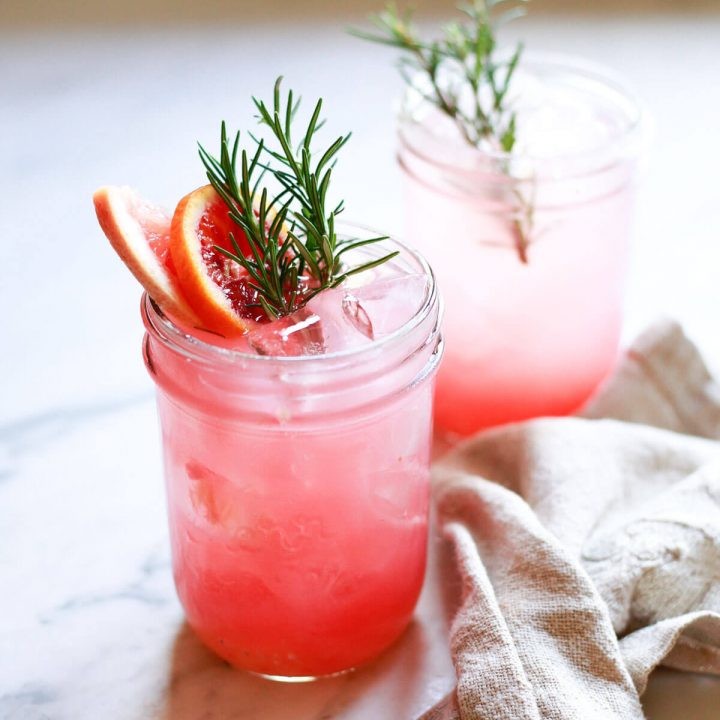 |
| Photo: Yummy Yummy Kitchen |
A greyhound is a cocktail consisting of grapefruit juice and gin mixed and served over ice. If the rim of the glass has been salted, the drink is instead called a salty dog.
The earliest known mention of a cocktail of this description is in bartender and author Harry Craddock's Savoy Cocktail Book of 1930. Craddock describes his recipe as "...a variation of the Grapefruit Cocktail", suggesting that such cocktails were already in common use before his book was written. His recipe consists of nothing but gin, grapefruit juice and ice.
A recipe for a similar cocktail with the name "Greyhound" appears in Harper's Magazine in 1945 (volume 191, page 461) thus: "The cocktails were made of vodka, sugar, and canned grapefruit juice -- a greyhound. This cocktail was served at Greyhound's popular restaurant chain that was located at bus terminals, called 'Post House'."
Before 1945, vodka was an uncommon spirit and most drinks we think of today as "classic cocktails" and which call for vodka, originally would have contained gin. As vodka's popularity grew after the war and gin's popularity waned, many of the popular cocktails persisted, albeit with vodka substituted for gin. The most conspicuous of these is the martini which, before 1945, would invariably have been made with gin.
The reason that most cocktails during and just after prohibition were prepared with salted or sugared rims is that the quality of adult beverages was not so appealing. Also, more currently, both the greyhounds and the salty dogs are more often made with vodka not gin. The root cause of this is for taste preferences and to serve a broader market.
2. Margarita
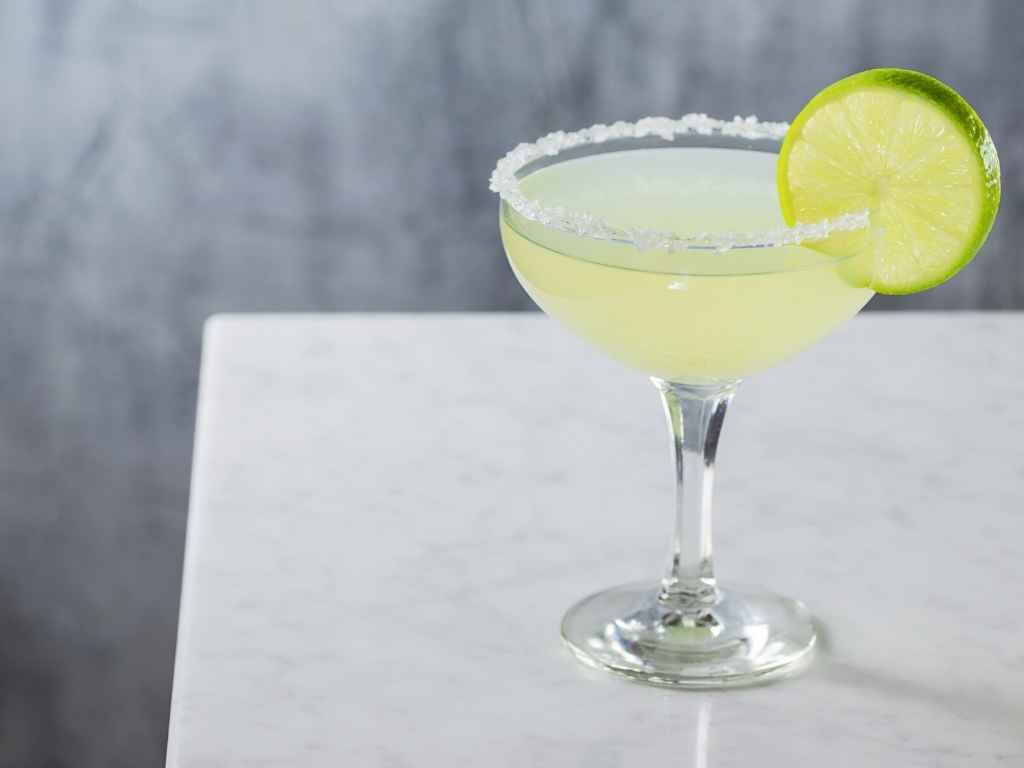 |
| Photo: A Lush Life Manual |
A margarita is a cocktail consisting of tequila, orange liqueur, and lime juice often served with salt on the rim of the glass. The drink is served shaken with ice (on the rocks), blended with ice (frozen margarita), or without ice (straight up). Although it has become acceptable to serve a margarita in a wide variety of glass types, ranging from cocktail and wine glasses to pint glasses and even large schooners, the drink is traditionally served in the eponymous margarita glass, a stepped-diameter variant of a cocktail glass or champagne coupe.
The first known publication of a margarita recipe was in the December 1953 issue of Esquire, with a recipe calling for an ounce of tequila, a dash of triple sec and the juice of half a lime or lemon. A recipe for a tequila-based cocktail first appeared in the 1930 book My New Cocktail Book by G. F. Steele. Without noting a specific recipe or inventor, a drink called the Tequila Daisy was mentioned in the Syracuse Herald as early as 1936. Margarita is Spanish for Daisy, which is a nickname for Margaret.
A later, certainly false, story is that the margarita was invented in October 1961, at a party in Houston, Texas, by party goer Robert James "Rusty" Thomson while acting as bartender. He concocted a mixture of equal parts tequila, Controy orange liqueur, lime, and crushed ice in a salt-rimmed glass. However, Thomson's recipe was made with Damiana Liqueur, not Cointreau orange liqueur. It is said that the idea was an experiment after running out of rum while making frozen daiquiris.
Alternate fruits and juice mixtures can also be used in a margarita. Fruits like mango, peach, strawberry, banana, melon, raspberry, or avocado are suitable for creating this drink. Orange juice and pomegranate juice (poured down the inner side of the glass) can make a sunset margarita (so named because the orange is at the top and the red at the bottom). Many recipes call for a splash of orange juice. These days, margarita can be prepared in many different ways. When the word "margarita" is used by itself, it typically refers to the lime or lemon juice margarita, but when other juices are used, the fruits are typically added as adjectives in the name; with lime juice or lemon juice added to give it a characteristic margarita flavor (a wedge of lime is often added to the glass). Other varieties of margarita include fruit margarita, top-shelf margarita and virgin margarita.
Coconut cream, coconut milk, and coconut water can also be added to margaritas, e.g. skinny margaritas that substitute, e.g., pineapple juice for liqueurs.
3. Mint Julep
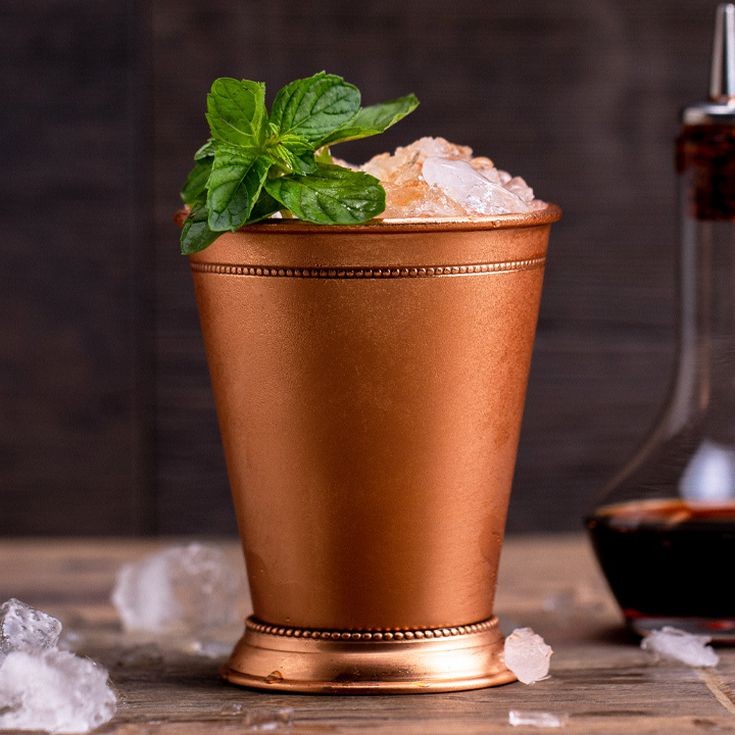 |
| Photo: Liqour |
Mint julep is a mixed alcoholic drink, or cocktail, consisting primarily of bourbon, sugar, water, crushed or shaved ice, and fresh mint. As a bourbon-based cocktail, it is associated with the American South and the cuisine of the Southern United States in general, and the Kentucky Derby in particular.
A mint julep is traditionally made with four ingredients: mint leaf, bourbon, simple syrup, and crushed ice. Traditionally, spearmint is the mint of choice used in Southern states, and in Kentucky in particular. Proper preparation of the cocktail is commonly debated, as methods may vary considerably from one bartender to another. The mint julep may be considered a member of a loosely associated family of drinks called "smashes" (the brandy smash is another example, as well as the mojito), in which fresh mint and other ingredients are muddled or crushed in preparation for flavoring the finished drink. The step further releases essential oils and juices into the mixture, intensifying the flavor from the added ingredient or ingredients.
Traditionally, mint juleps were often served in silver or pewter cups, and held only by the bottom and top edges of the cup. This allows frost to form on the outside of the cup. Traditional hand placement may have arisen as a way to reduce the heat transferred from the hand to the silver or pewter cup. Today, mint juleps are most commonly served in a tall old-fashioned glass, Collins glass, or highball glass with a straw.
4. Amaretto Sour
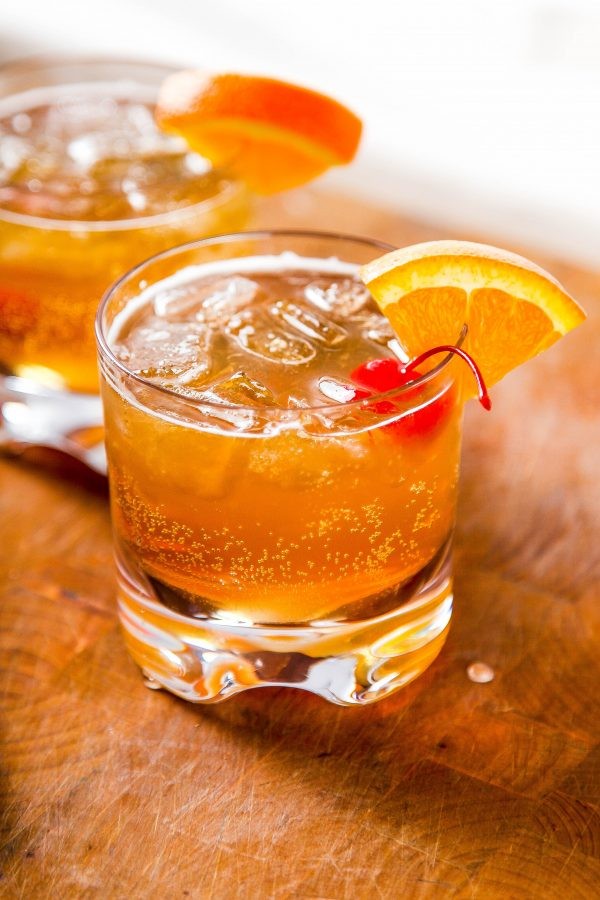 |
| Photo: Baking Beauty |
The Amaretto Sour is a collaborative effort between Italy and America and is thought to have been created in the 1970s, when Italian liqueurs like amaretto were becoming more widespread in the US. Odds are a bartender experimented with using amaretto instead of whisky in a whisky sour, and the Amaretto Sour was the tasty result.
Amaretto is made from apricot, almonds and peach stones, resulting in a sweet, nutty flavour. Because of this, it's often added to desserts and coffee as well as cocktails. The Amaretto Sour is the perfect balance of sweet 'n' sour, with the nutty sweetness combatting the sour lemon juice and bitters. The egg white provides a lovely frothy head to the cocktail, making it a joy to sip at both the start and end of the evening.
To make your Amaretto Sour vegan friendly, you can substitute the egg white with aquafaba (you may know it as the gelatinous liquid from your can of chickpeas). Just take out the egg white and add two tablespoons of aquafaba. That said, if you are keeping things traditional, we highly recommend making sure that your eggs are as fresh as possible for the best foam texture. There are now also non-alcoholic versions of amaretto available, so if you'd prefer a mocktail, you can mix one up using this recipe but substituting the alcoholic amaretto out.
5. Negroni
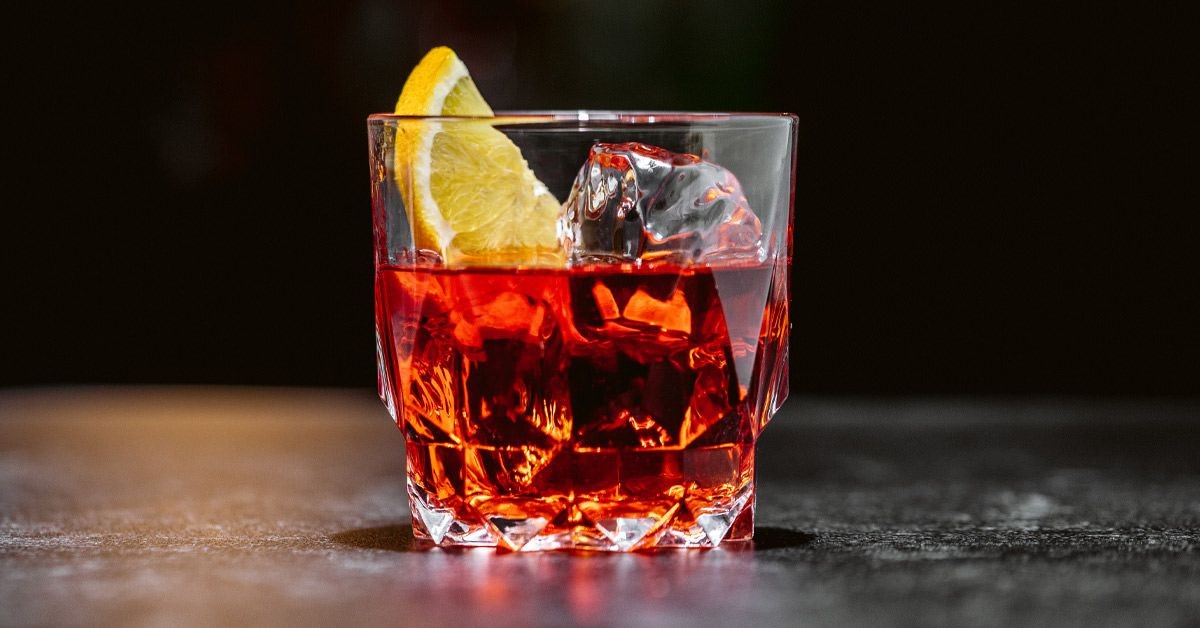 |
| Photo: Liqour |
A Negroni is an Italian cocktail, made of one part gin, one part vermouth rosso (red, semi-sweet) and one part Campari, garnished with orange peel. It is considered an aperitivo.
A traditionally made Negroni is stirred, not shaken; it is built over ice in an old-fashioned or rocks glass and garnished with a slice of orange. Outside of Italy, an orange peel is often used in place of an orange slice.
While the drink's origins are unknown, the most widely reported account is that it was first mixed in Florence, Italy, in 1919, at Caffè Casoni (then called Caffè Giacosa), on Via de' Tornabuoni. The Caffè no longer exists, in its place is now a boutique of Giorgio Armani. Pascal Olivier Count de Negroni concocted it by asking the bartender, Fosco Scarselli, to strengthen his favorite cocktail, the Americano, by adding gin rather than the normal soda water. The bartender also added an orange garnish rather than the typical lemon garnish of the Americano to signify that it was a different drink.
After the success of the cocktail, the Negroni family founded Negroni Distillerie in Treviso, Italy, and produced a ready-made version of the drink, sold as Antico Negroni 1919. One of the earliest reports of the drink came from Orson Welles in correspondence with the Coshocton Tribune while working in Rome on Cagliostro in 1947, where he described a new drink called the Negroni, "The bitters are excellent for your liver, the gin is bad for you. They balance each other."
Cocktail historian David Wondrich researched Camillo Negroni, whose status as a count is questionable, but whose grandfather, Luigi Negroni, was indeed a count.
6. Daiquiri
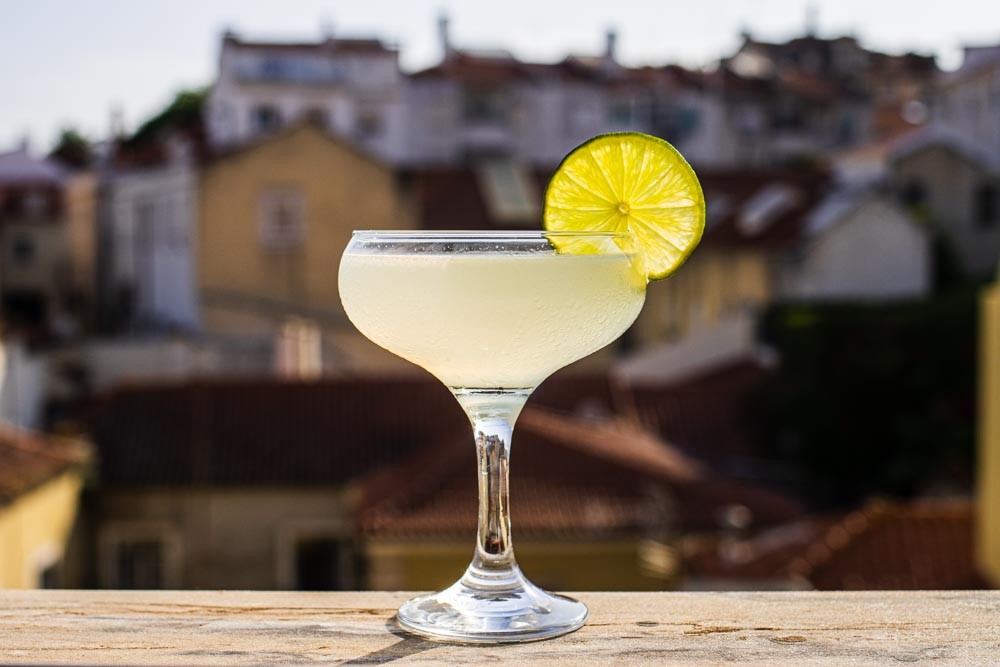 |
| Photo: 2foodtrippers |
Daiquirí is also the name of a beach and an iron mine near Santiago de Cuba, and is a word of Taíno origin. The drink was supposedly invented by an American mining engineer named Jennings Cox, who was in Cuba at the time of the Spanish–American War. It is also possible that William A. Chanler, a US congressman who purchased the Santiago iron mines in 1902, introduced the daiquiri to clubs in New York in that year.
Originally the drink was served in a tall glass packed with cracked ice. A teaspoon of sugar was poured over the ice and the juice of one or two limes was squeezed over the sugar. Two or three ounces of white rum completed the mixture. The glass was then frosted by stirring with a long-handled spoon. Later the daiquiri evolved to be mixed in a shaker with the same ingredients but with shaved ice. After a thorough shaking, it was poured into a chilled coupe glass.
The basic recipe for a daiquiri is also similar to the grog British sailors drank aboard ship from the 1780s as a means of preventing scurvy. By 1795 the Royal Navy daily grog ration contained rum, water, ¾ ounce of lemon or lime juice, and 2 ounces of sugar. This was a common drink across the Caribbean, and as soon as ice became available this was included instead of the water.
7. Silver Fizz
 |
| Photo: BBC |
Fizzy and full-bodied—that's a Silver Fizz. It's a normal gin fizz with gumption. But let's take a step back. The fizz family riffs on sours, combining bubbly water with shaken citrus, sugar, and spirit, with a gin fizz being the most well known of the lot. (Think of them like a Tom Collins, but built without ice.) Add an egg white to the mix and you've got yourself a Silver Fizz—furious, unrelenting shaking required—that's richer and creamier for it. Because this gin cocktail isn't served over ice, down it quick while it's cold, and keep a stirring rod handy just in case it starts to settle. And it'll settle you too, like Alka-Seltzer but loads better.
The Ramos Fizz, invented in New Orleans, is a Silver Fizz on steroids; besides the Silver Fizz's ingredients, you'll need lime, heavy cream, and orange flower water (sure). A less intense, more British cocktail is the Sloe Gin Fizz, with red sloe gin as its base. A Green Fizz calls for creme de menthe, if you're feeling frosty. And a Tom Collins is an easier take on the gin and soda build, as is the Gin Rickey—the former favors lemon, and the latter has lime.
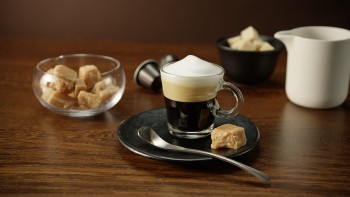 | Coffee Addict: Difference Types of Italian Cofee Drinks That You Should Try Coffee is a global beverage, and many famous coffee, such as Cappuccino or Macchiato, were originated from Italy. Here is 8 different type of coffee ... |
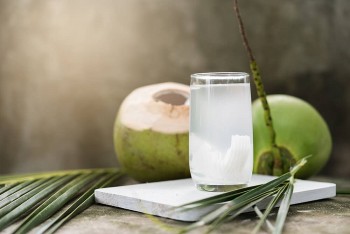 | Summer Coolers: Refreshing Drinks To Cool Down The Heat in Ho Chi Minh City Summer in Ho Chi Minh City is extremely hot, and a glass of coconut juice will boost your energy and make your body feel much ... |
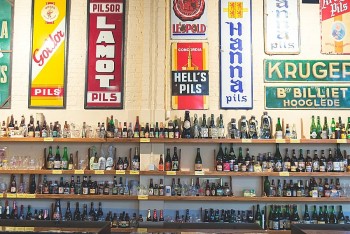 | 5 Best Beer Cities For Beer Lovers in The World Beer is one of the most famous alcohol drinks in the world, and some of the big cities have the best beer and breweries ever. ... |
Recommended
 Handbook
Handbook
Vietnam Moves Up 8 Places In World Happiness Index
 Handbook
Handbook
Travelling Vietnam Through French Artist's Children Book
 Multimedia
Multimedia
Vietnamese Turmeric Fish among Best Asian Dishes: TasteAtlas
 Handbook
Handbook
From Lost to Found: German Tourist Thanks Vietnamese Police for Returning His Bag
Popular article
 Handbook
Handbook
Prediction and Resolution for the Disasters of Humanity
 Handbook
Handbook
16 French Films To Be Shown For Free During Tet Holiday In Vietnam
 Handbook
Handbook
Unique Cultural and Religious Activities to Welcome Year of the Snake
 Handbook
Handbook




